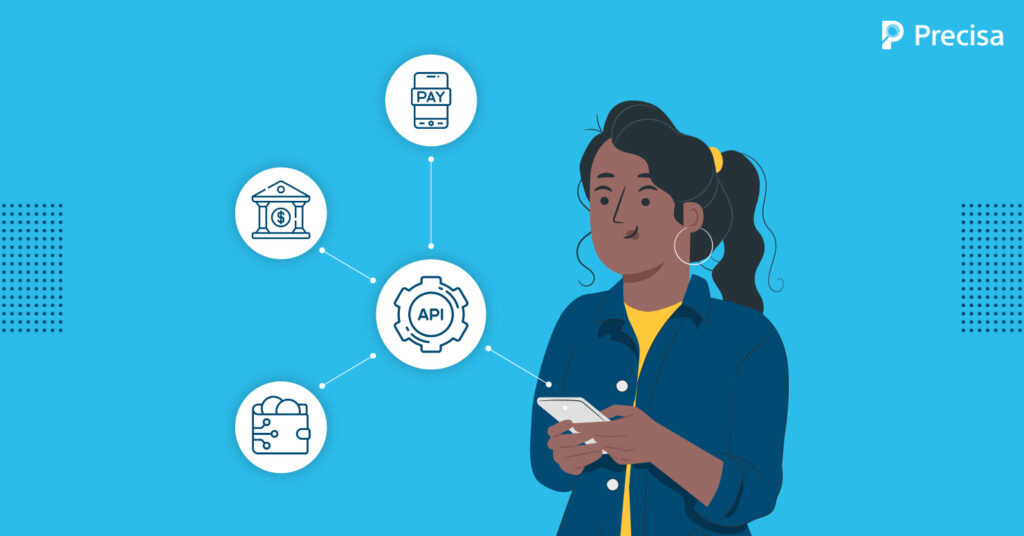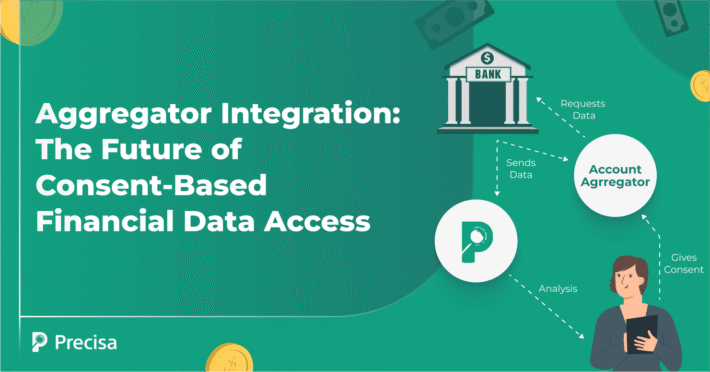Why Demand for Banking as a Service Is Rising Among Fintechs?

The Fintech industry uses innovative digital solutions to optimise financial services and banking. A growing number of NBFCs are offering financial services, including bank accounts, wallets, electronic payments, insurance, and personal loans by offering Banking as a Service.
Businesses of all types plan to launch embedded financial services to serve business and consumer segments better, including retailers, big tech businesses, car manufacturers, insurance companies, and logistics firms. This is aimed to retain the customers and increase their lifetime value by offering ease of use.
Here in this article, you will learn about Banking as a Service and why its demand is rising among Fintechs.
What Is Banking as a Service?
Banking as a Service (BaaS) allows Fintech companies or NBFCs to partner with traditional banks to provide banking services such as savings accounts and payment options, all in one integrated platform.
This way, an NBFC, such as a telecommunication company like Airtel, can offer its customers digital banking services, such as mobile bank accounts, gift cards, and payment services.
BaaS is a model which allows licensed banks to integrate their digital banking services directly into the products of other NBFCs, and the companies can integrate financial services into their platforms with no government hassle or licenses. BaaS is also known as white-label banking or private-label financial services.
For example: For an event ticketing company, the bank’s system communicates via APIs, which enables the customer to access banking services directly through the website or app. The company does not come in contact with the customer’s money; it simply acts as an intermediary.
How Does Banking as a Service Work?
A banking license is required in a traditional banking setup, which is difficult to acquire because of strict government regulations. A banking-as-a-service overcomes this by providing the means for companies to integrate financial services directly into their existing platforms.
A bank’s systems and tools are accessible to third parties, such as Fintech firms, digital banks, or other NBFCs, by paying a monthly or an annual license fee.
Through financial APIs, the Fintech industry can connect to the bank’s infrastructure and offer banking features like payment options, savings accounts, and more to customers.
The APIs can be roughly divided into four categories:
- Core banking services cover the business’s fundamentals like loans, deposits, and cross-border payments.
- Cards, digital wallets, and transfers APIs provide functionality for issuing physical or virtual cards, mobile wallets, and P2P transfers.
- Acquiring APIs takes care of electronic payment systems, mobile or NFC payments, etc.
- Ready-made modules that are compatible with any platform include trading solutions, fraud monitoring, white-label banking, user interface, and more.
The BaaS providers offer a complete solution for embedding financial services into their clients’ platforms, which includes the following:
- Assessing risks and management tools
- Managing accounts
- Secure platform to share data
- User interface design and so on.
Besides this, companies can use banking in their web applications by integrating their services into secure cloud servers.
Example of BaaS in Action: Ola
To witness banking as a service in practice, consider the payment and account services Ola provides to its customers and drivers. Ola offers payment options at the end of every ride and also provides the option to keep a balance for auto-deduction. There are either no maintenance or low-balance fees charged. In addition, drivers get paid instantly and can access their accounts directly through the Ola app.
To provide these services, Ola has entered into a BaaS partnership with a bank to handle all the back-end transactions, such as providing the payment gateways, managing the money flow into the driver’s account, and maintaining regulatory requirements.
The drivers and the customers have no interaction with the bank apart from payment or adding an amount to their accounts.
Benefits of Using a Banking as a Service Model
Financial operations are integral to any business enterprise, and BaaS provides an innovative way through which banks and NBFCs can reap the benefits of streamlining the process of financial services.
For Financial Institutions:
The banking-as-a-service space helps traditional banks stay relevant and turn a threat into a booming opportunity in the ever-growing digital space. Banks can charge providers’ commission fees from their clients monthly or annually for access to the platform, which helps diversify their revenue stream and secure a better position in the market.
For Fintechs:
Fintech businesses implement their financial solutions within tight timelines, on a reasonable budget, and without having a banking license. API banking solutions enable a bi-directional flow of data between end customers and banks.
NBFCs enjoy all the advantages of accessing banking processes to offer an array of services on their platforms, help in winning the loyalty of their customers, and earn additional profits. BaaS also helps in saving a big amount of the infrastructure necessary.
For End Customers:
The consumer can experience convenience, speed, and a wide selection of payment options by using a BaaS platform. The customer benefits by having greater choices in conducting financial transactions, making every transaction pleasant and effortless. A good example of this is getting a loan approved virtually since going to the bank for this purpose is not feasible.
The Future of BaaS and How You Can Be a Part of It?
Banking as a Service is a model that allows virtually any Fintech company to offer financial products and services to its customers by collaborating with a licensed bank. Banks get an annual fee for providing access to bank systems and functionalities to the business.
Businesses can integrate financial services technology into their existing products and services, and customers can perform banking activities through the website or a mobile app of an NBFC without going through a bank. It provides more banking options for consumers.
Precisa is an online bank statement analysis tool that banks and NBFCs use to analyse the financial position of any FinTech startup and give insights into whether it is a good investment for the bank to partner in.
Contact us to know more about how we simplify the entire bank analysis process, or take a free trial today!




